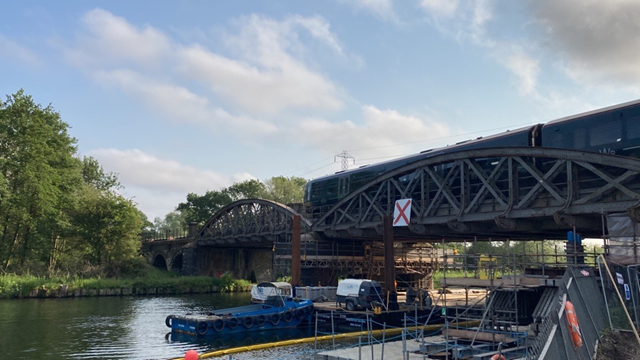You will know that we planned to re-open Nuneham Viaduct on the line between Oxford and Didcot Parkway for freight and passenger services from tomorrow (Saturday 10 June).
We have just had some very exciting news from the project team. All has gone well with the final testing and as a result GWR began operating passenger services over the viaduct this morning (Friday 9 June).
This is earlier than expected so full services, both GWR and CrossCountry, will resume tomorrow as planned, but we are really pleased that we have been able to deliver the earlier finish. Shuttle services will run throughout the day today between Oxford and Didcot Parkway.
Our Network Rail project team have worked very hard to make this happen. They understood the importance of re-opening as quickly as we could and everyone has been focused on meeting the 10 June opening date. It really is therefore fantastic to be reporting that not only is the viaduct opening on time, it’s opened early.
Thank you all for your help and support during the closure, please feel free to share the news of the opening to your networks (including footage at
www.twitter.com/networkrailwest &
www.gwr.com/gwrhelp) and let them know that while today services will be a shuttle from Oxford to Didcot, from tomorrow normal service is fully resumed.



